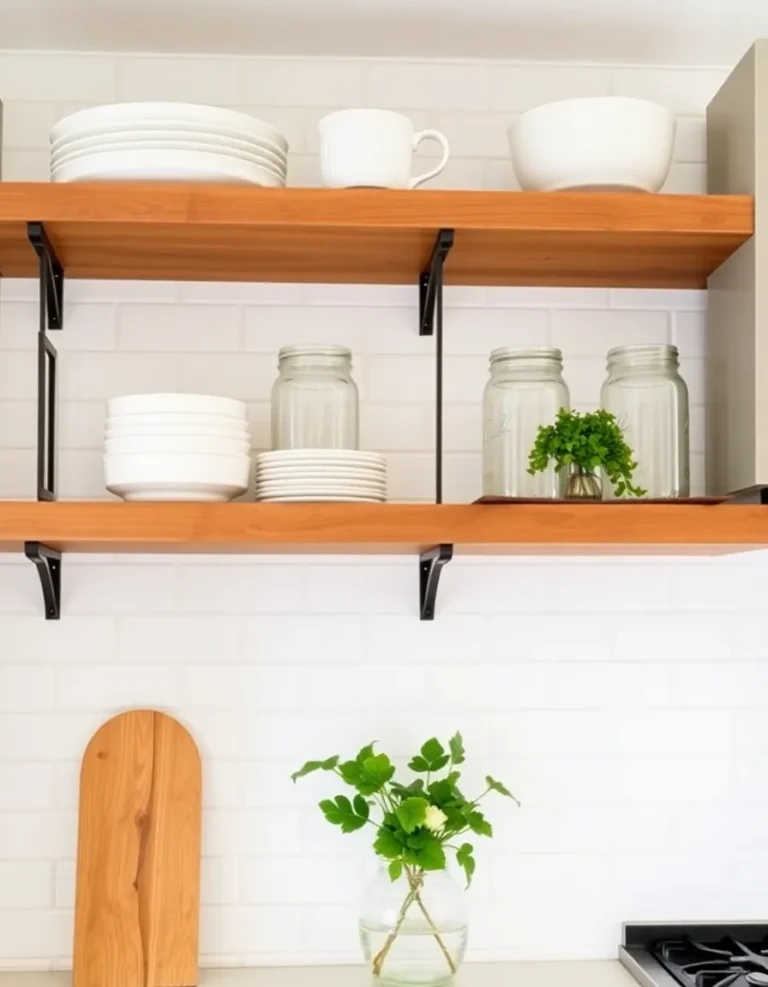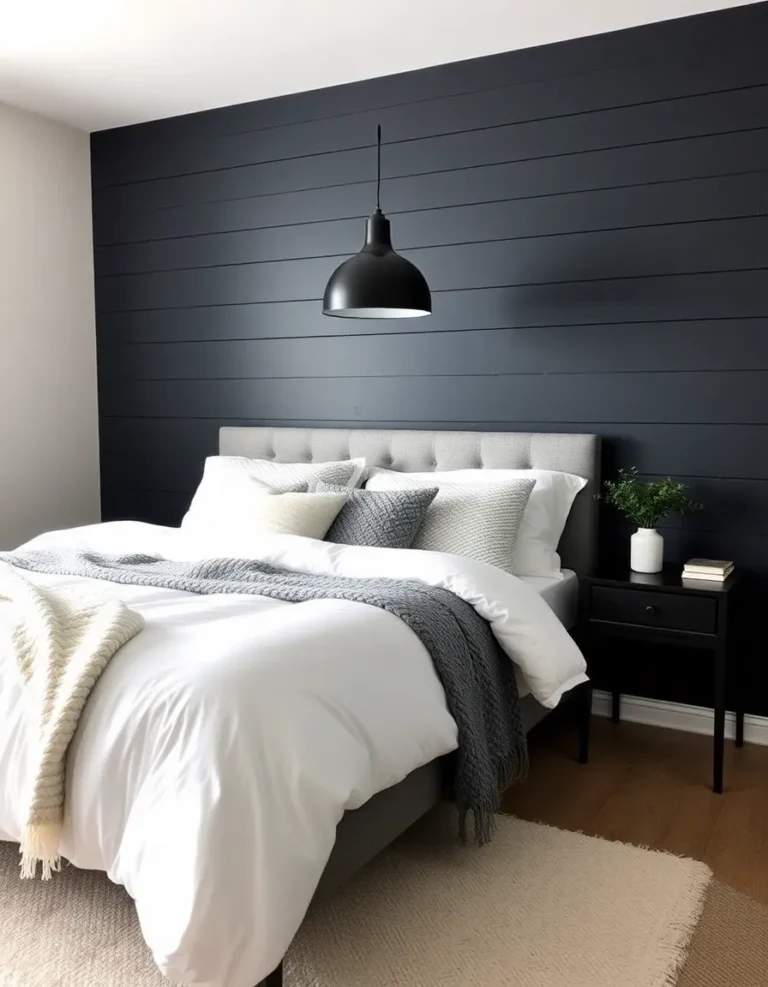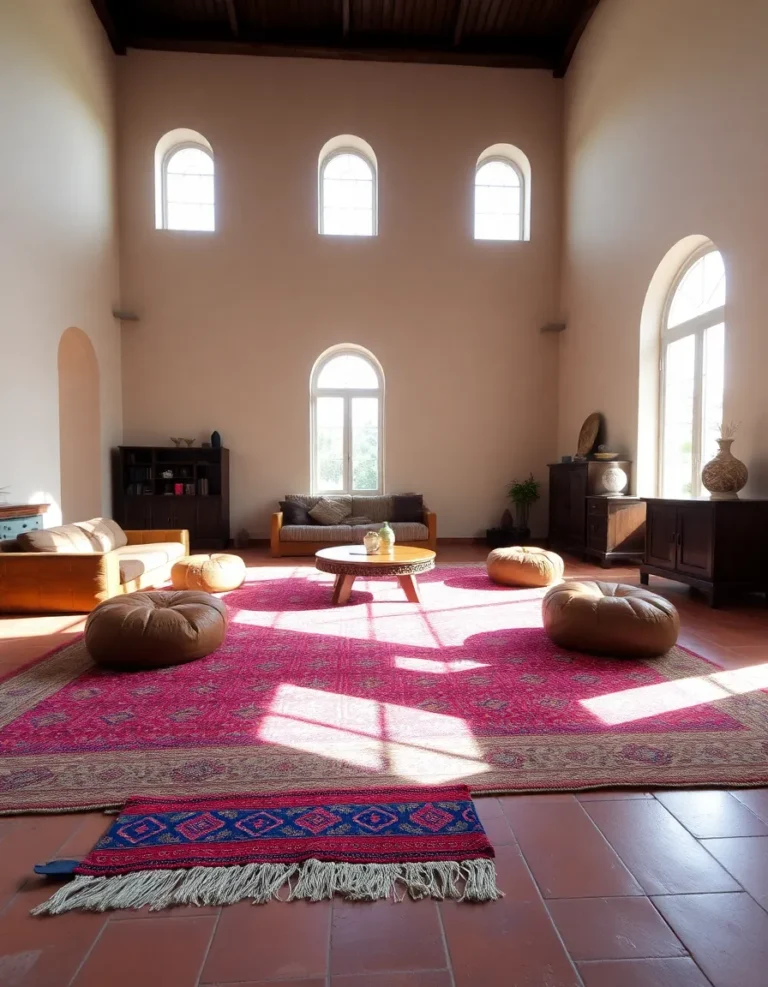How to Mix Victorian Style with Modern Touches

Ever walked into a room and thought, “Wow, this place looks like it’s stuck in a time warp—but in the best way possible?” That’s the magic of blending Victorian style with modern touches. It’s like giving your great-great-grandma’s parlor a caffeine boost and watching it come alive. And trust me, it’s easier than you think. No need to sell a kidney for antique chandeliers or turn your living room into a museum. A few clever tweaks here and there, and you’ve got a space that’s equal parts elegant and fresh.
Now, I know what you’re thinking: “But won’t this look like my grandma’s house threw up on my Pinterest board?” Not if you do it right. The key is balance—mixing ornate Victorian details with sleek, contemporary elements so they play nice together. Think velvet sofas paired with minimalist coffee tables, or gilded frames housing modern art. It’s all about creating contrast without chaos. And hey, if I can pull it off in my tiny apartment (yes, really), so can you.
So, grab your metaphorical paintbrush (or actual one, if you’re feeling ambitious), and let’s dive into how to make this work. Whether you’re a die-hard vintage lover or just dipping your toes into the aesthetic, these tips will help you nail the look without turning your home into a period drama set. Unless that’s your thing—no judgment here.
1. Start with a Neutral Base
Victorian interiors were all about rich, moody colors—think deep burgundies, forest greens, and navy blues. But unless you’re going for full-on Gothic romance (which, again, no judgment), you’ll want to tone it down a notch. A neutral base keeps things from feeling too heavy and lets your modern touches shine.
Paint your walls in soft creams, warm taupes, or even a light gray. These shades act like a blank canvas, so your Victorian accents—like that intricately carved side table or those damask curtains—don’t overwhelm the space. Plus, neutrals make it easier to swap out decor later. Because let’s be real, our tastes change faster than TikTok trends.
And don’t forget the floors! If you’ve got original hardwood, show it off. If not, a large, neutral rug can anchor the room without competing with your statement pieces. Just avoid anything too shaggy or rustic—this isn’t a ’70s revival, after all.

2. Mix Ornate and Minimal Furniture
Here’s where the fun begins. Victorian furniture is all about drama—carved wood, curved legs, and enough upholstery to make a couch feel like a throne. But pair it with something too fussy, and you’ll end up with a room that looks like it’s trying too hard. The solution? Balance.
Start with one or two standout Victorian pieces—a tufted Chesterfield sofa, a claw-foot armchair, or a curvy sideboard. Then, contrast them with clean-lined modern furniture. A sleek, low-profile coffee table or a minimalist bookshelf will keep things from feeling like a furniture store explosion.
And here’s a pro tip: don’t match everything. A room full of “sets” is a one-way ticket to Boringville. Mix and match eras and styles to create a collected-over-time vibe. Because nothing says “I have my life together” like a home that looks effortlessly curated.

3. Play with Modern Lighting
Nothing kills a vibe faster than bad lighting. Victorian homes were notorious for being dimly lit (probably why everyone looked so serious in old photos). But today, we have electricity—and the good sense to use it properly.
Swap out heavy, fussy chandeliers for modern fixtures with clean lines. A sleek pendant light or a sculptural floor lamp can add a contemporary edge without clashing with your Victorian decor. And if you’re attached to that antique brass chandelier? Go ahead and keep it—just pair it with some minimalist sconces or recessed lighting to balance the look.
Oh, and don’t forget about bulbs. Warm, dimmable LEDs are your best friend. They’ll give you that cozy, inviting glow without making your space feel like a cave. Because nobody wants to read by candlelight unless it’s for ~aesthetic~.

4. Update Fabrics and Textiles
Victorian textiles were… a lot. Velvet, brocade, lace, fringe—you name it, they probably draped it over every surface. But unless you’re going for “haunted mansion chic,” you’ll want to dial it back.
Keep one or two luxurious fabrics (velvet is always a winner) and pair them with simpler, modern textiles. A velvet sofa looks amazing with linen throw pillows or a sleek wool blanket. And if you’re using patterned curtains, make sure they’re not competing with your wallpaper. Because stripes on florals on paisley is a recipe for sensory overload.
Rugs are another great way to bridge the gap. A vintage-inspired Persian rug adds warmth and history, while a modern jute or sisal rug keeps things grounded. Just make sure they’re not fighting for attention—unless you want your floor to be the star of the show.

5. Add Contemporary Art and Decor
Nothing screams “I live in the 21st century” like bold, modern art in a Victorian setting. Those gilded frames you inherited? Perfect for housing a vibrant abstract painting or a black-and-white photograph. The contrast between old and new creates instant visual interest.
And don’t stop at art—modern decor pieces can add a playful touch. A sleek ceramic vase on an ornate mantel, a metallic sculpture next to a vintage clock, or even a quirky neon sign (yes, really) can keep things from feeling too stuffy. Just remember: less is more. You’re not decorating a curiosity shop.
Finally, don’t forget about plants. A few well-placed greenery can soften all that wood and fabric and make the space feel alive. Just avoid anything too fussy—a fiddle-leaf fig or a snake plant is perfect. Because if I can’t keep it alive, it’s not going in my home.

So there you have it—mixing Victorian style with modern touches doesn’t have to feel like a decorator’s version of time travel. With the right balance, you can create a space that feels both timeless and fresh. And hey, if you mess up? That’s what paint and thrift stores are for. Happy decorating!



